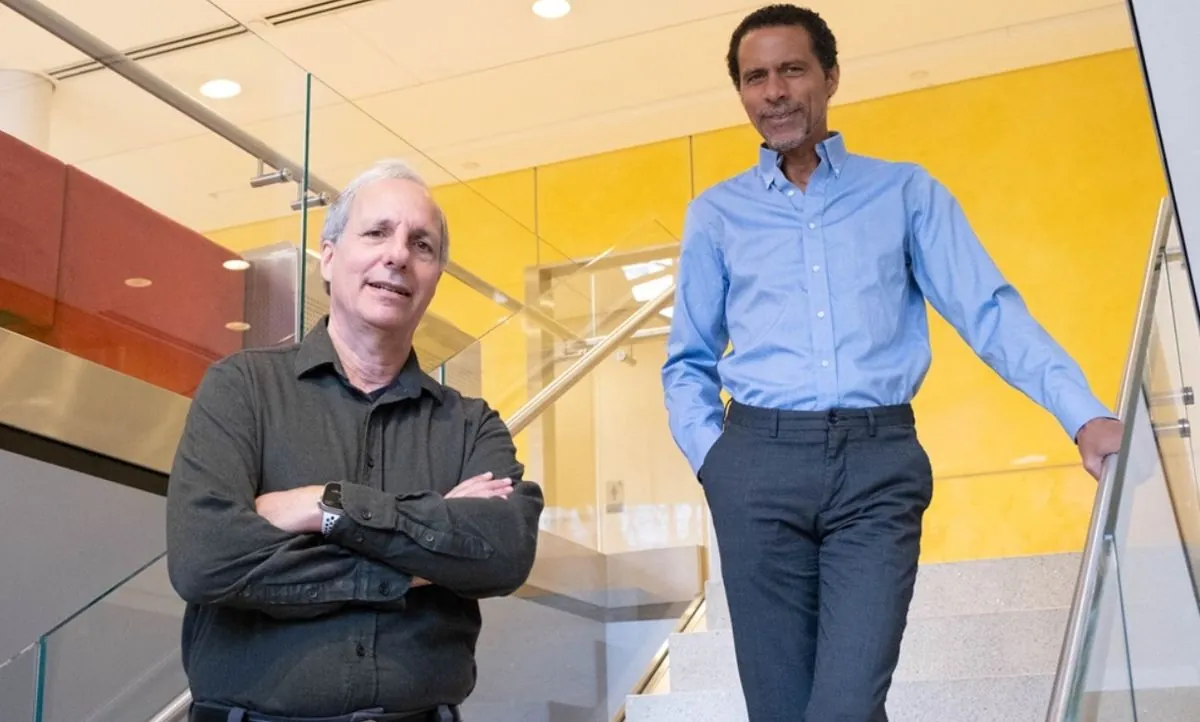A unique protein variant may hold the key to the origins of human speech.
A study published in the journal Nature Communications discusses a unique variant in the RNA-binding protein of the human central nervous system. This amino acid change (referred to as I197V) is likely key to understanding how humans developed the ability for complex speech.
Reported by UNN with a link to Nature and DW.
Details
Our ancestors, as well as our closest relatives like Neanderthals, likely had anatomical features in their throats and ears that enabled them to speak and hear spoken language. Science recognizes that they share the same gene variant with us that is associated with the ability to speak. However, it has not been clear why humans possess a unique alteration in this gene.
In the context of the human vocal tract's features and the complex neural networks that facilitate our speech abilities, the RNA-binding protein NOVA1 stands out. It is crucial for brain development and neuromuscular control, and is found in many parts of the biosphere—from mammals to birds. In humans, the protein chain includes the variant I197V.
In a series of studies, a team of researchers from Rockefeller University utilized CRISPR gene editing to replace the common mouse NOVA1 protein with the human variant I197V.
The scientists discovered that it is indeed the human-specific I197V that contributed to the emergence of spoken language.

The researcher even suggests that NOVA1 could be the true "language gene" of humans, although he acknowledges that it is more likely "one of many genetic changes characteristic of humans."
Through the Ages
By studying the genomes of archaic human relatives, such as Neanderthals (a subspecies of late Pleistocene humans in Europe) and Denisovans from Central Asia (a species of extinct humans known from extremely fragmentary material), scientists found that ancient human species had the same NOVA1 variant as other animals. However, it is contemporary humans who predominantly possess the unique I197V version.
Interestingly, analysis of over 650,000 genomes of modern humans documented the presence of I197V in all but six individuals.
This indicates a unique alteration in humans. It emerged in Africa after we evolutionarily separated from our ancient relatives. This also hints that this NOVA1 change may be an unexpectedly human-specific gene related to language.
Let us recall,
The study showed that the brain retains memories from the period of childhood amnesia into adulthood, even though they are not consciously remembered. The age of first memories and their detail depend on cultural environment and upbringing.